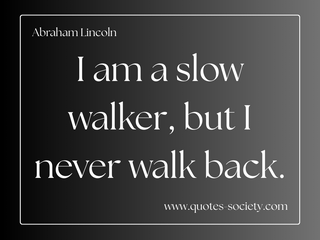“The idea is not to live forever, it is to create something that will.” Andy Warhol

Andy Warhol: A Summary
Andy Warhol (1928–1987) was an American artist, filmmaker, and cultural icon. He was best known as a leading figure of the Pop Art movement. Born Andrew Warhola in Pittsburgh, Pennsylvania, to Slovakian immigrant parents. Warhol showed early talent in art and eventually studied pictorial design at Carnegie Institute of Technology (now Carnegie Mellon University). After graduating, Warhol moved to New York City, where he gained success as a commercial illustrator in the 1950s.
From commercial art to fine art
Warhol’s shift from commercial art to fine art in the early 1960s marked a turning point in his career and in the art world. He became famous for using mass-production techniques, especially silkscreen printing, to create artworks that featured everyday objects and celebrities. His most iconic works include Campbell’s Soup Cans, Coca-Cola Bottles, and portraits of Marilyn Monroe. By turning commercial imagery into high art, Warhol challenged traditional ideas about originality, authorship, and the distinction between “high” and “low” culture.
The Factory
His New York studio, known as The Factory, became a legendary gathering place for artists, musicians, actors, and socialites. It was a vibrant creative hub and the birthplace of many of Warhol’s experiments in multimedia art. He also delved into avant-garde filmmaking, producing experimental films such as Sleep, Empire, and Chelsea Girls. In the late 1960s, he managed the influential rock band The Velvet. Their Underground, blending music and visual art was transformed in new amd experimental.
The assassination attempt
Warhol’s life took a dramatic turn in 1968 when he survived an assassination attempt by Valerie Solanas. Valerie was a radical feminist and fringe member of his circle. Though he recovered, the incident had a lasting impact on him both physically and emotionally.
In his later years, Warhol explored themes of religion, mortality, and celebrity with even more depth. He returned to his Catholic roots in a series of works based on The Last Supper. The art these years often reflected a complex inner world beneath his public persona.
To soon it ended
Andy Warhol died in 1987 from complications following gallbladder surgery. Today, his influence is vast—reaching beyond the art world into fashion, music, and pop culture. His legacy is preserved in institutions like the Andy Warhol Museum in Pittsburgh. There is alsom a foundation, the Andy Warhol Foundation for the Visual Arts, continuing to inspire generations of artists.
References:
The Andy Warhol Museum
Official museum dedicated to Warhol’s life, work, and legacy, based in Pittsburgh.
MoMA – Marilyn Diptych by Andy Warhol
The Museum of Modern Art’s page on one of Warhol’s most famous works. With context around his style and technique.
Tate – Pop Art
A general overview of the Pop Art movement, with a focus on Warhol’s contributions.
Biography.com – Andy Warhol
A detailed biography of Warhol, covering his career, influences, and personal life.
Carnegie Mellon University – History
Background on the university where Warhol studied art.
Rolling Stone – Andy Warhol and The Velvet Underground
Explores Warhol’s role in launching and managing The Velvet Underground.
New York Times – Valerie Solanas Biography Review
Context on the woman who attempted to assassinate Warhol and the impact on his life.


